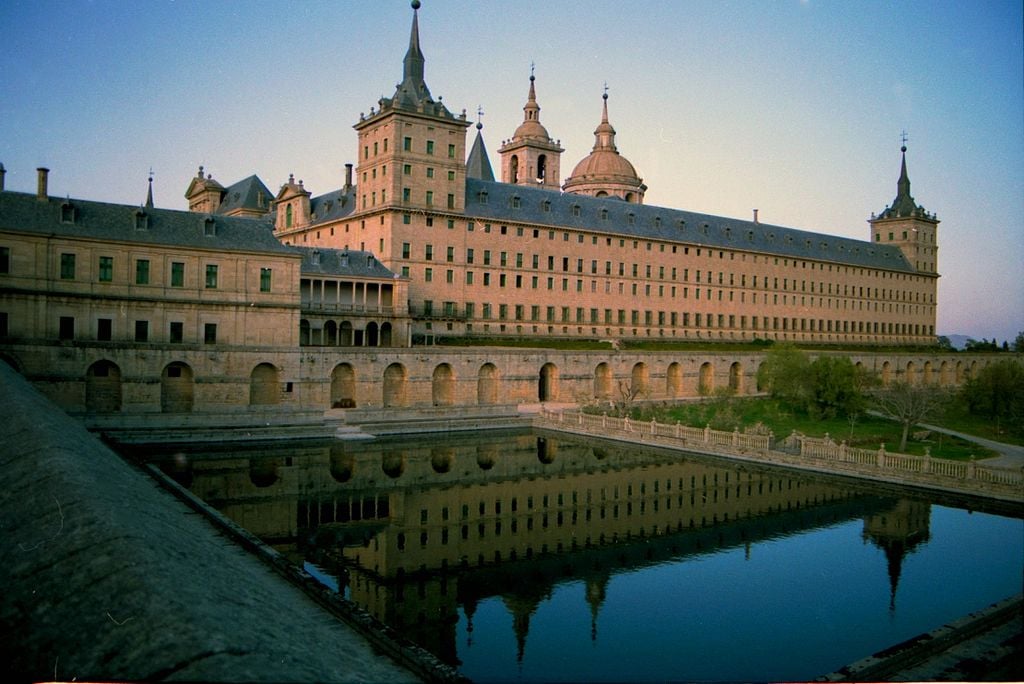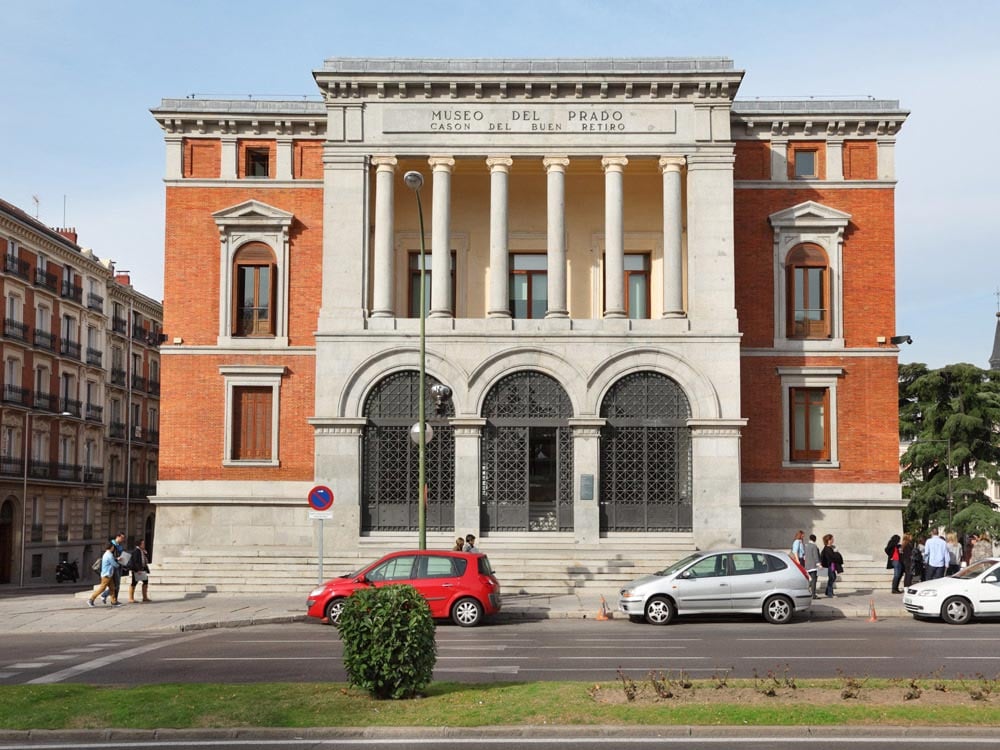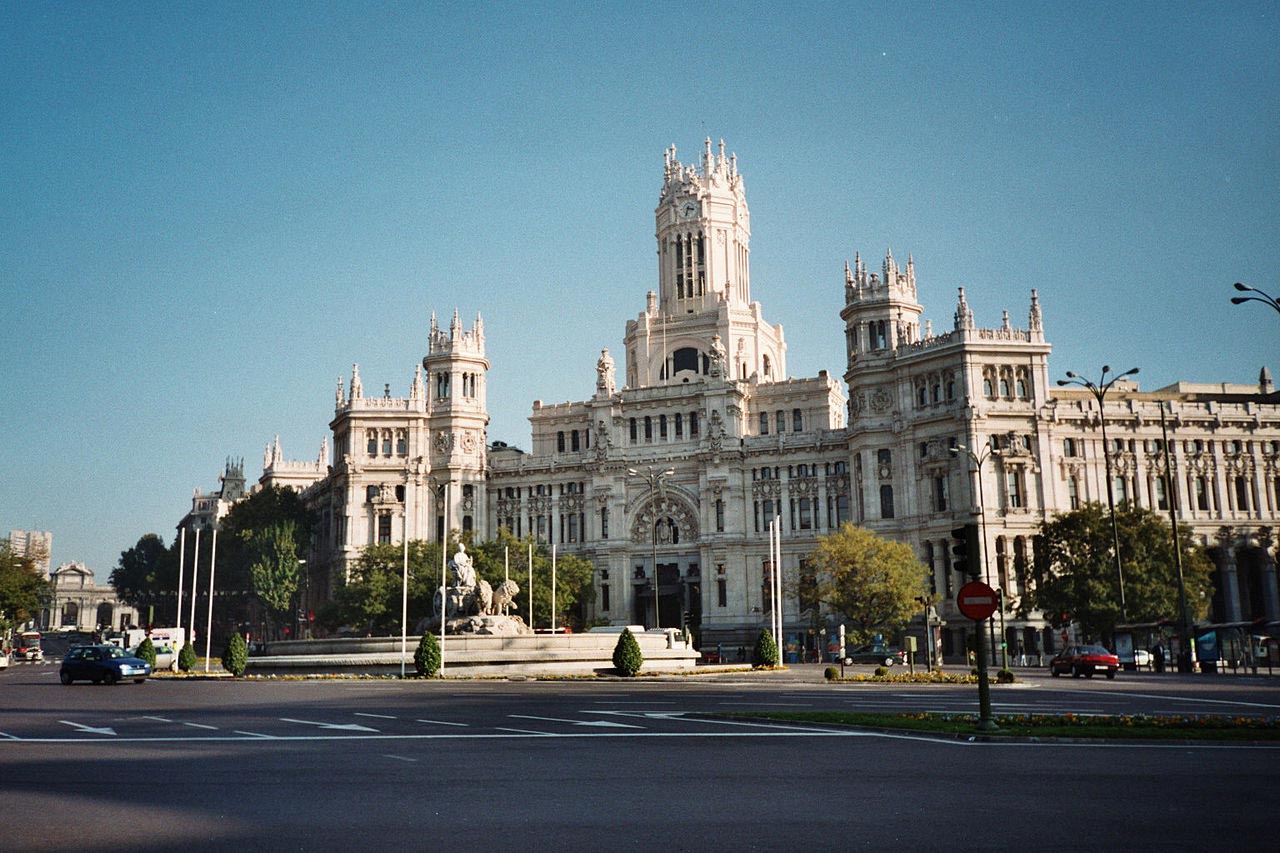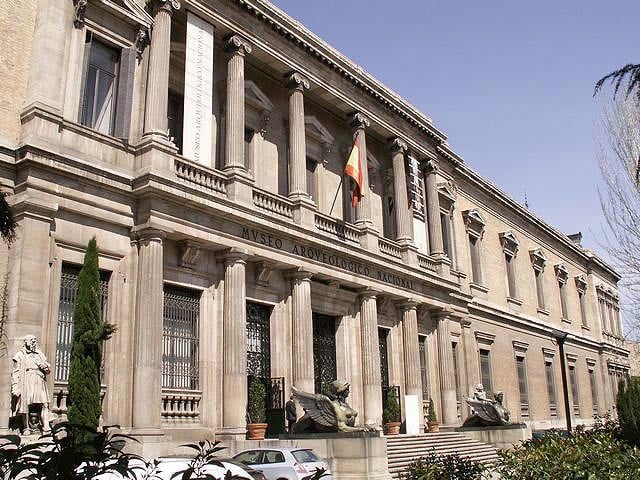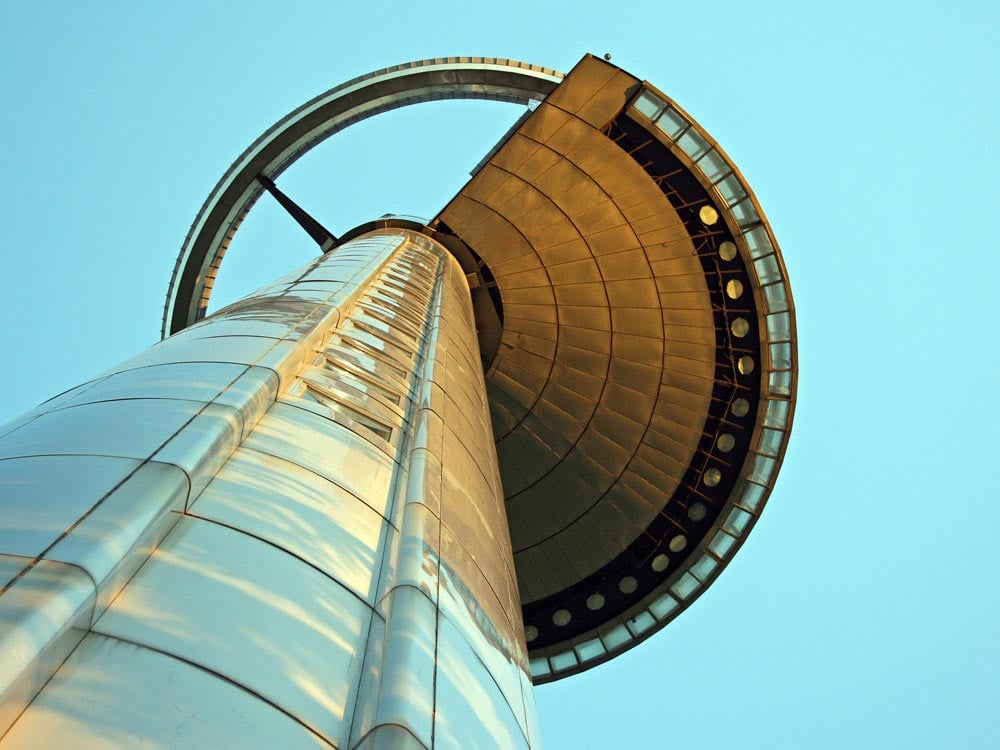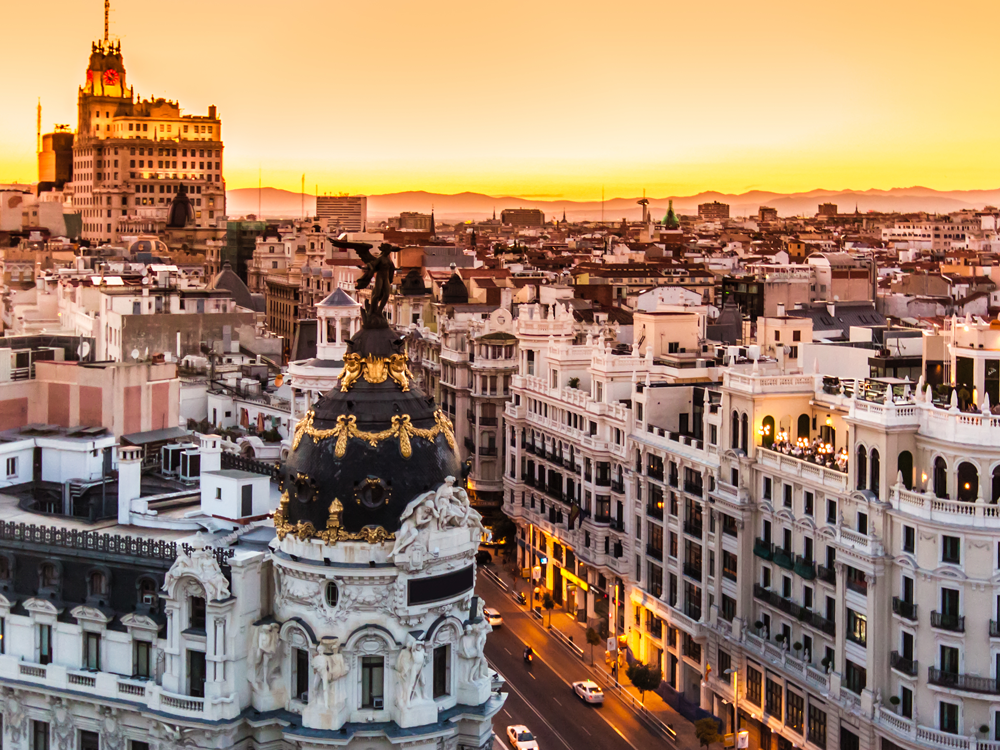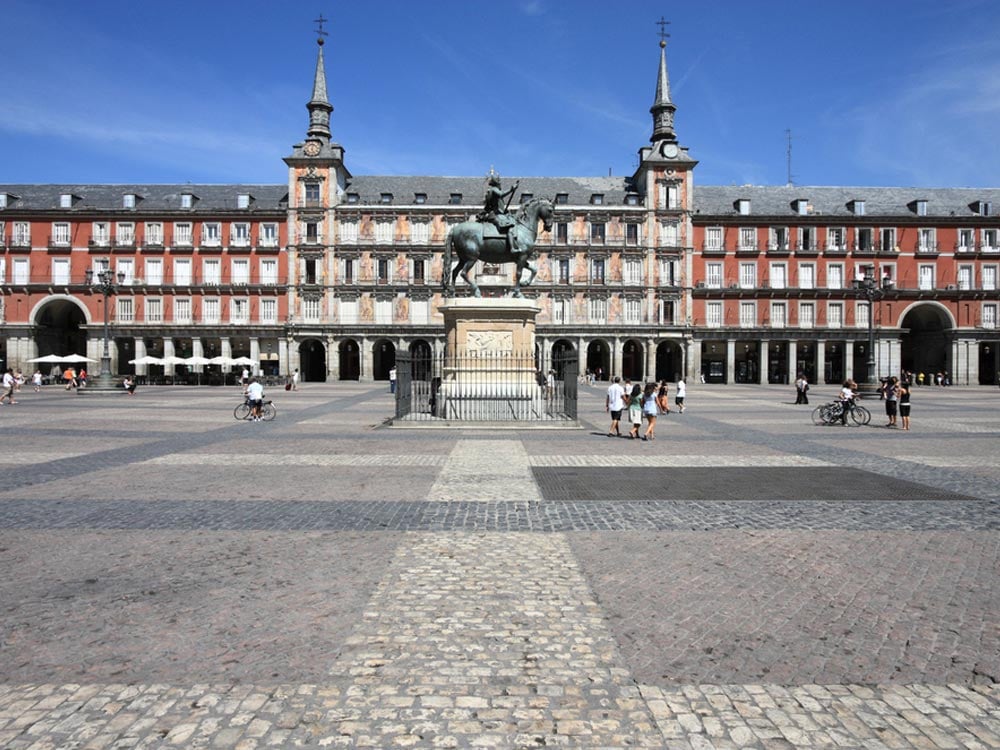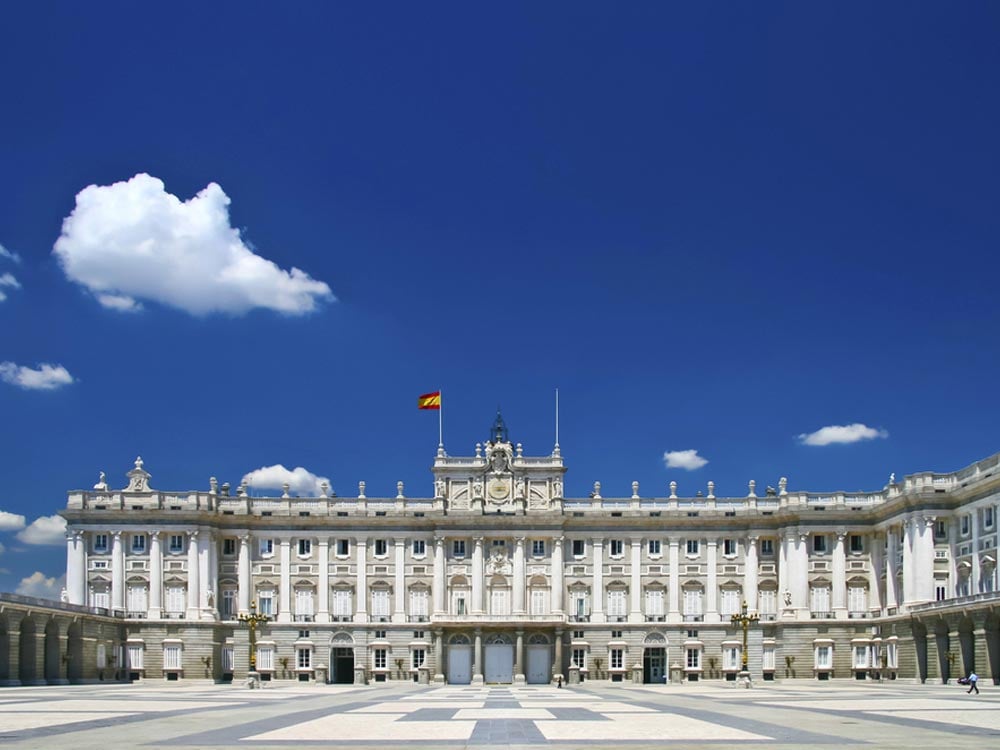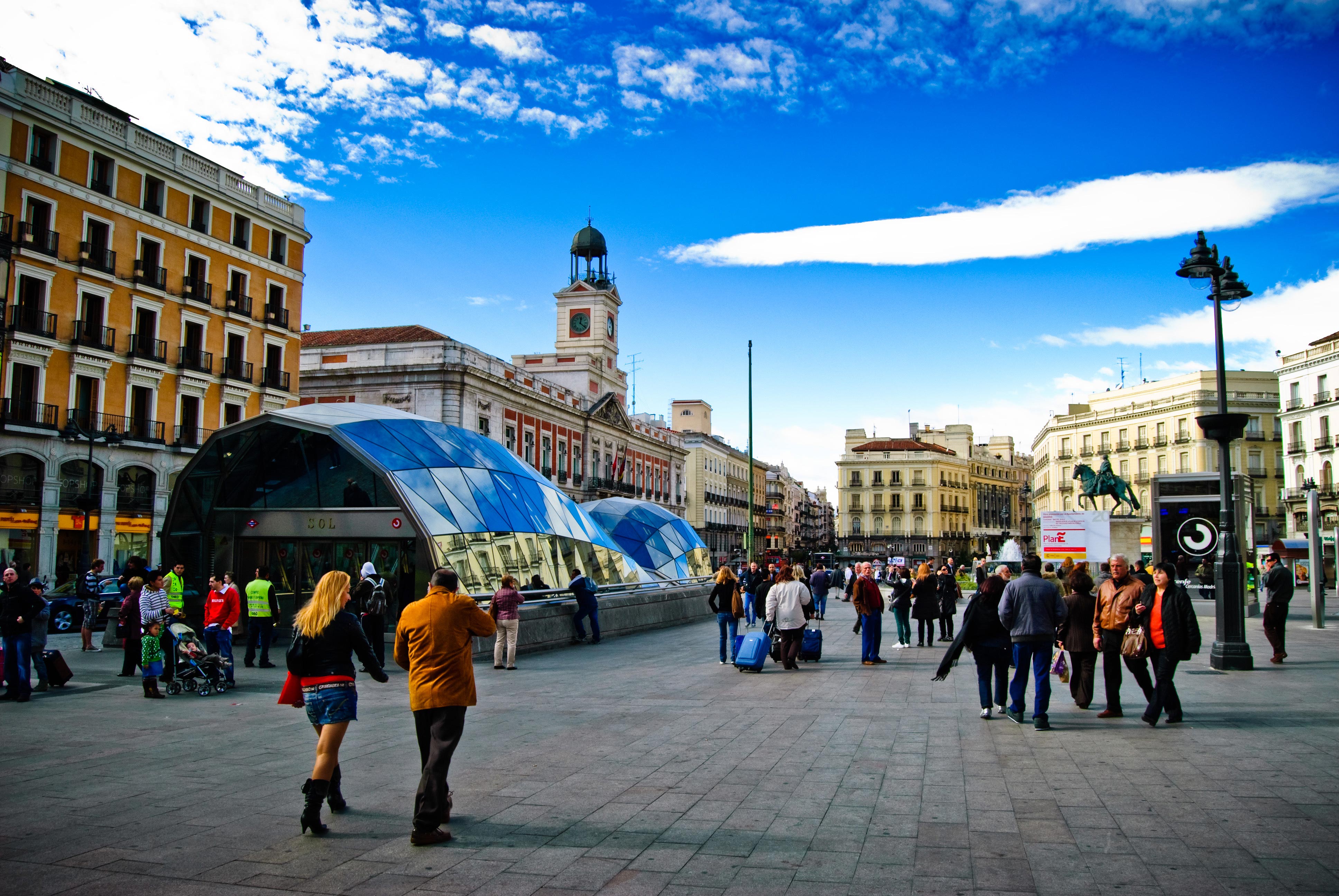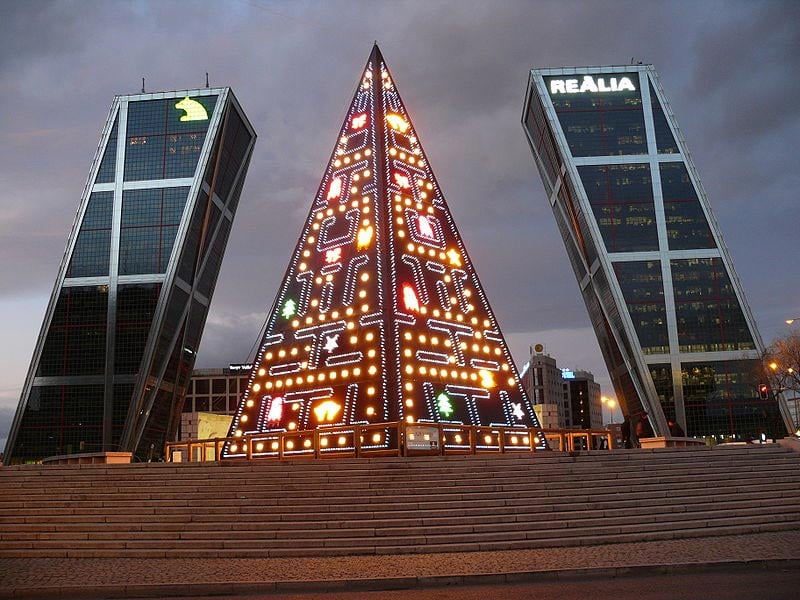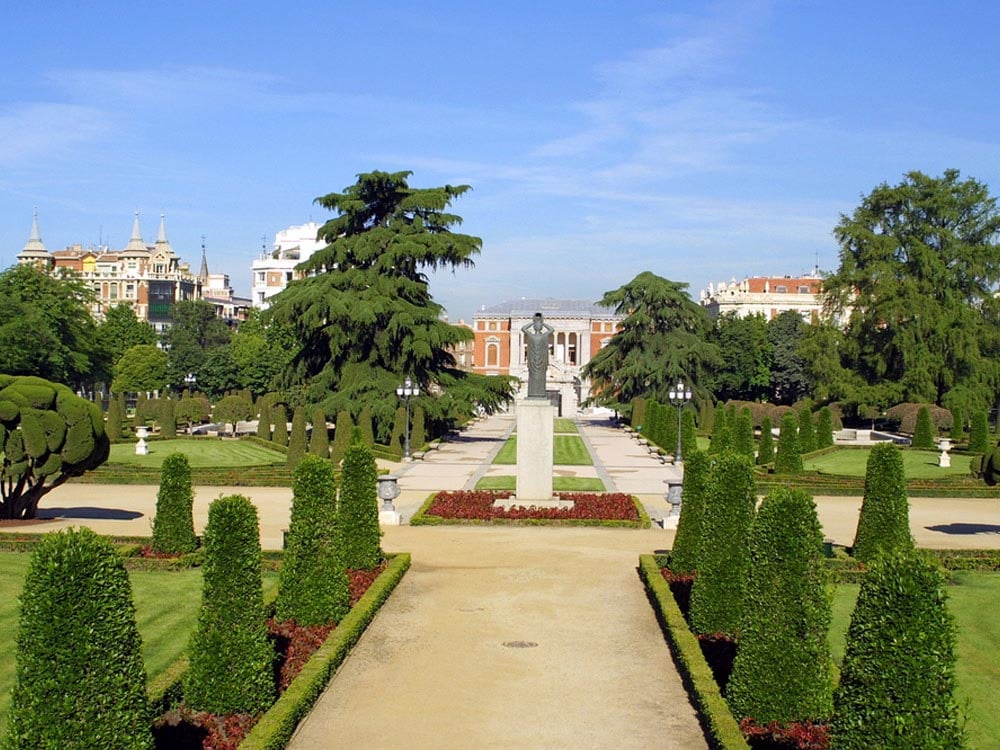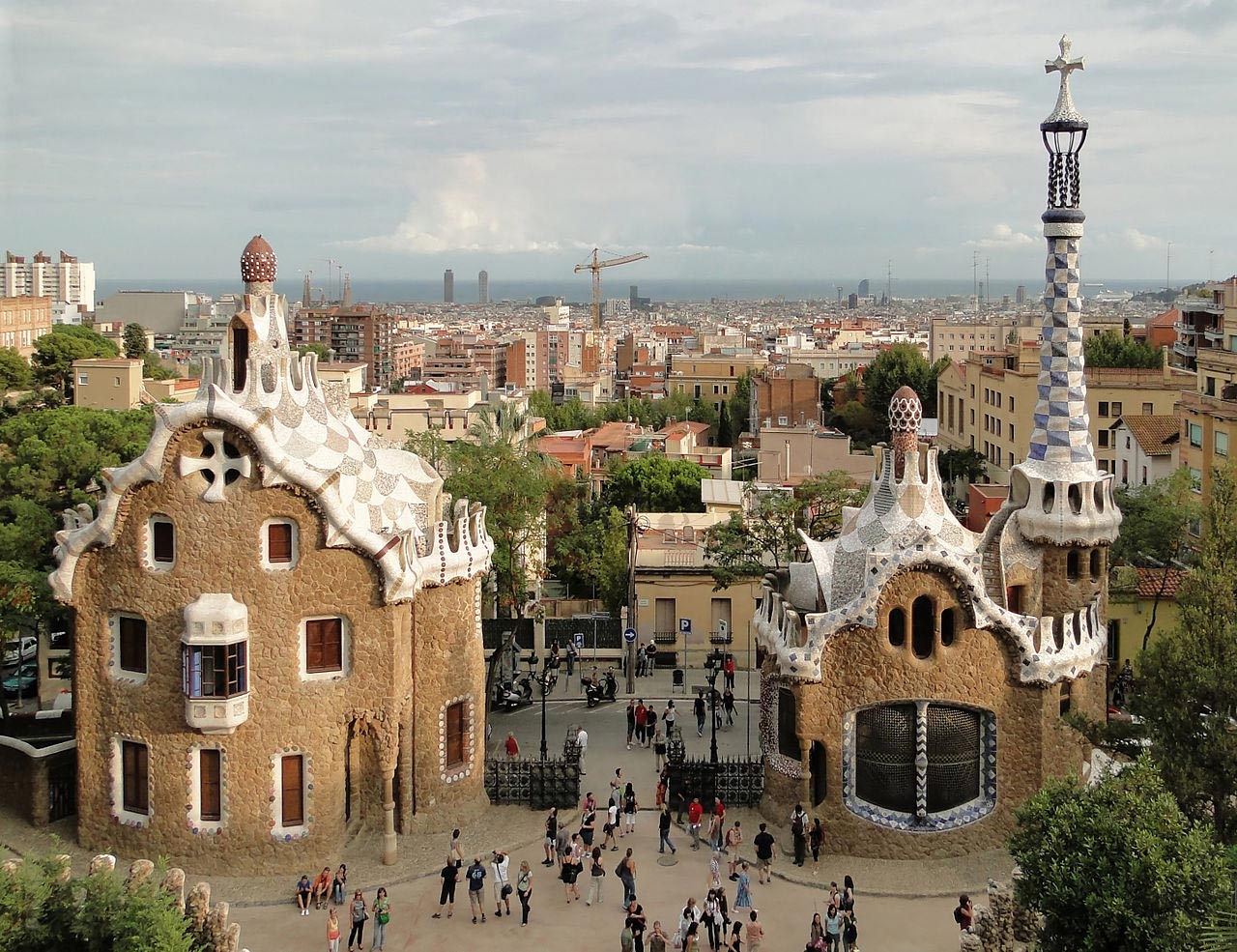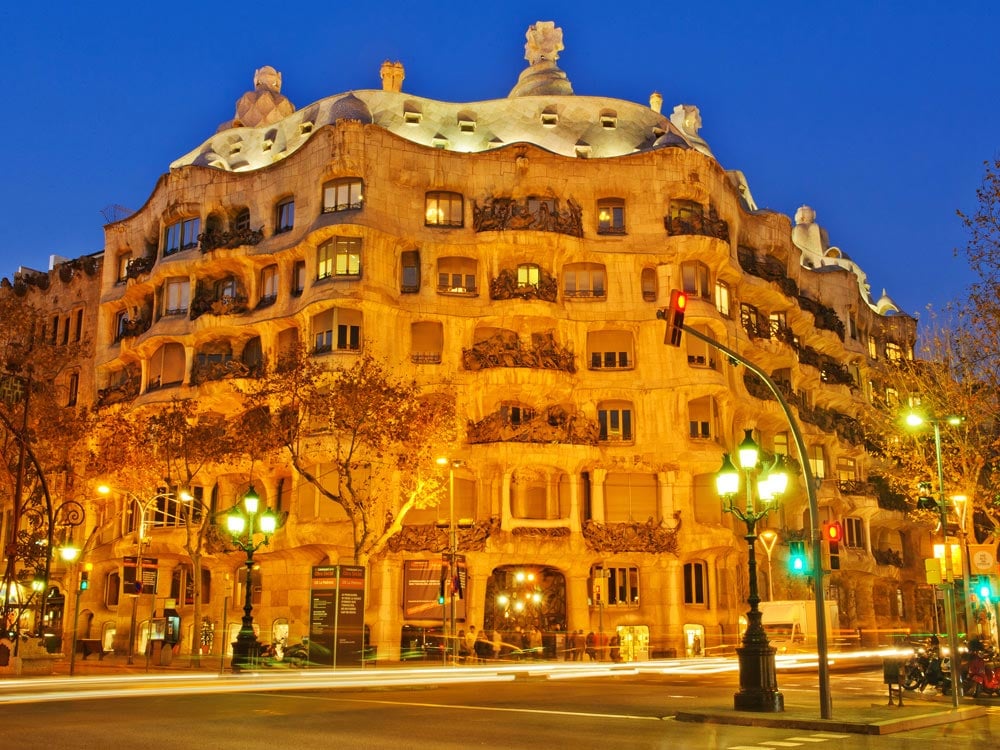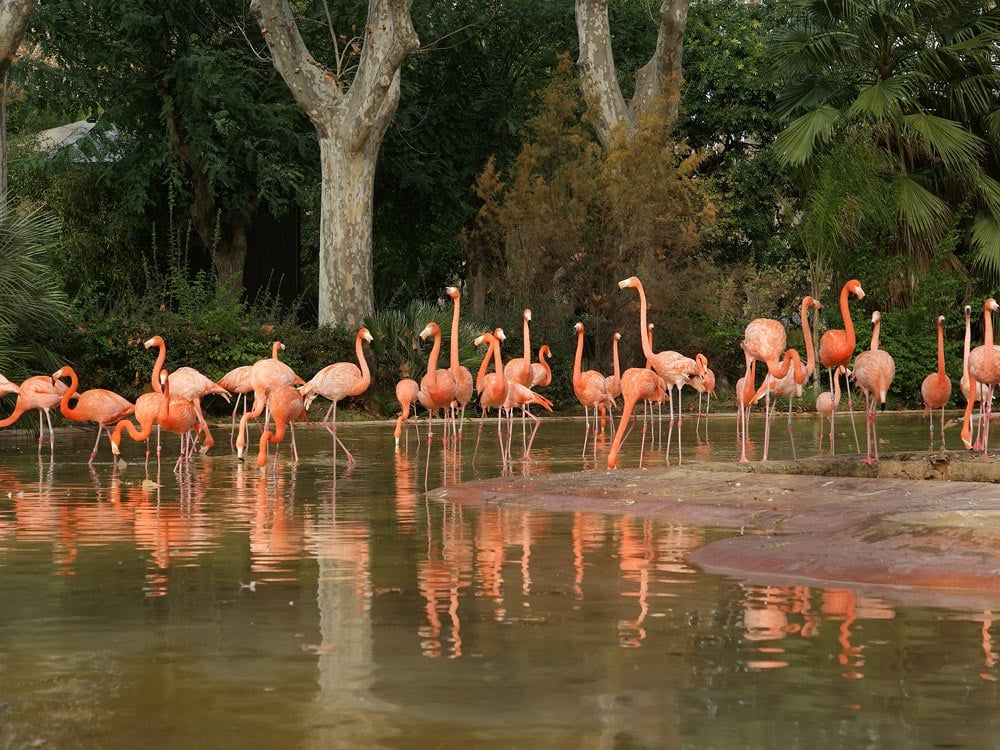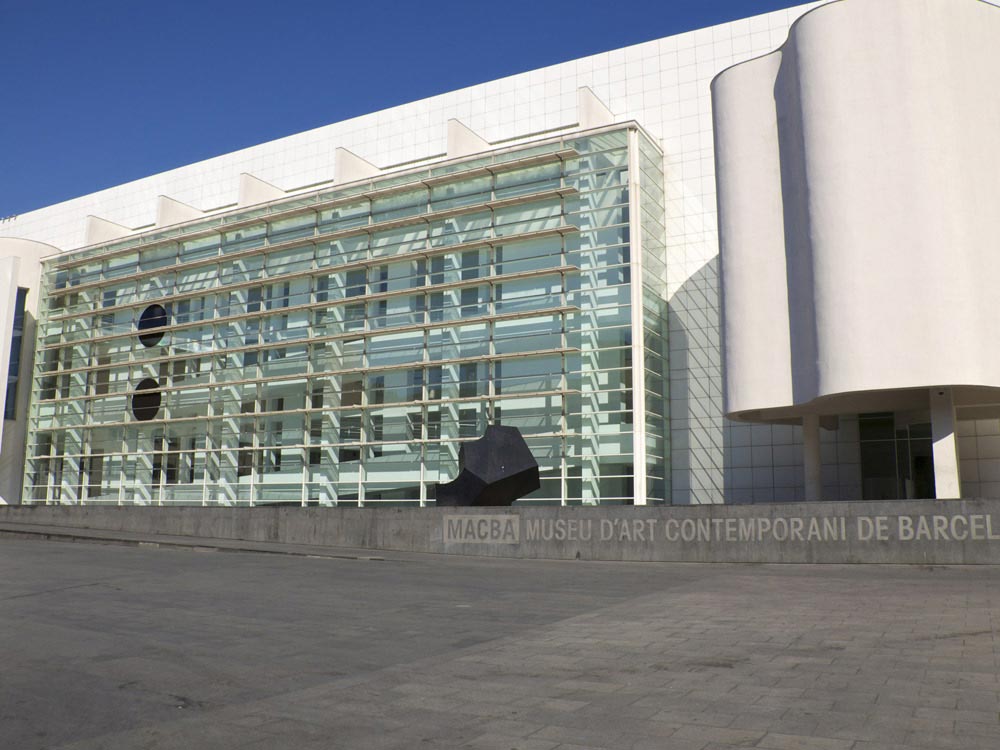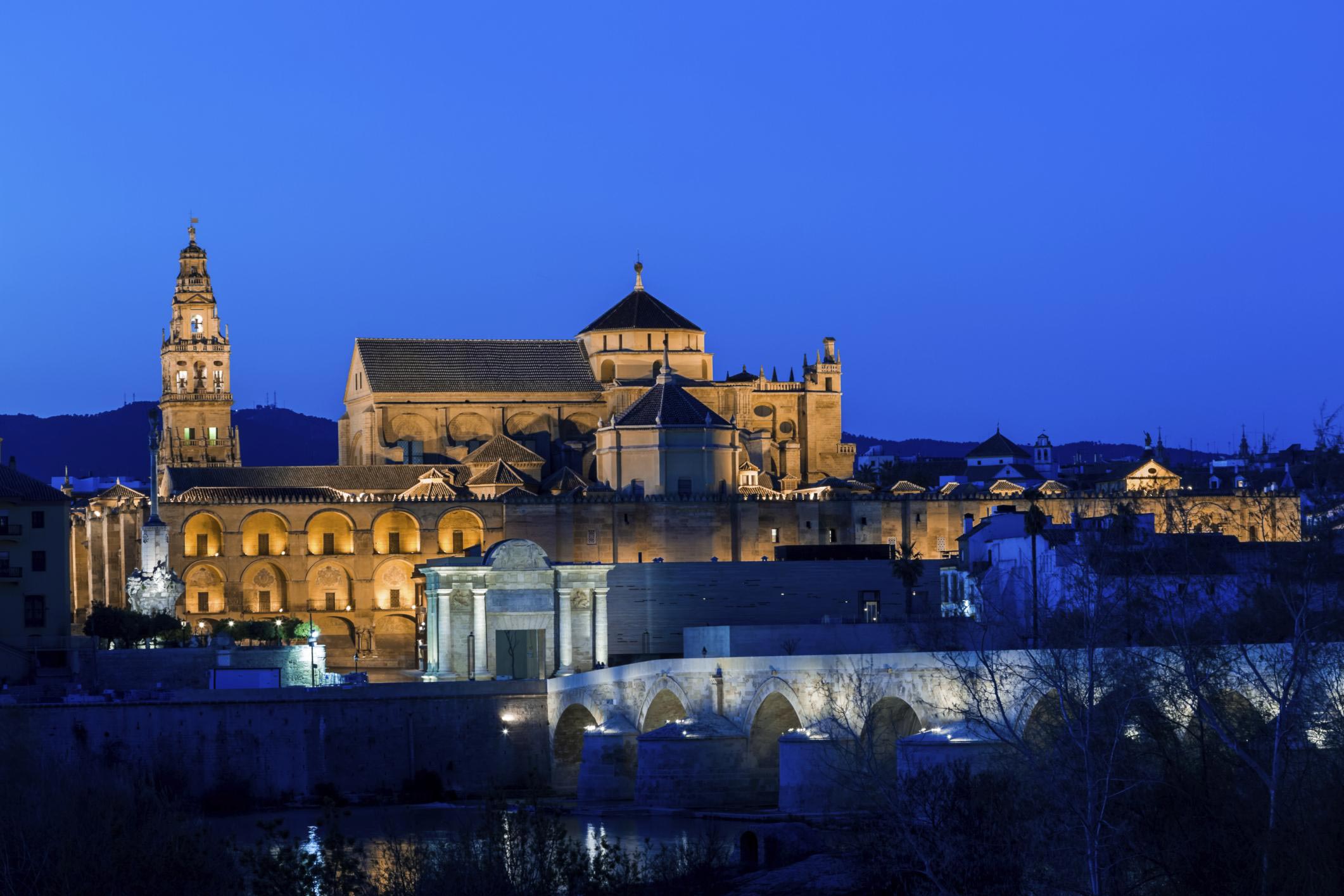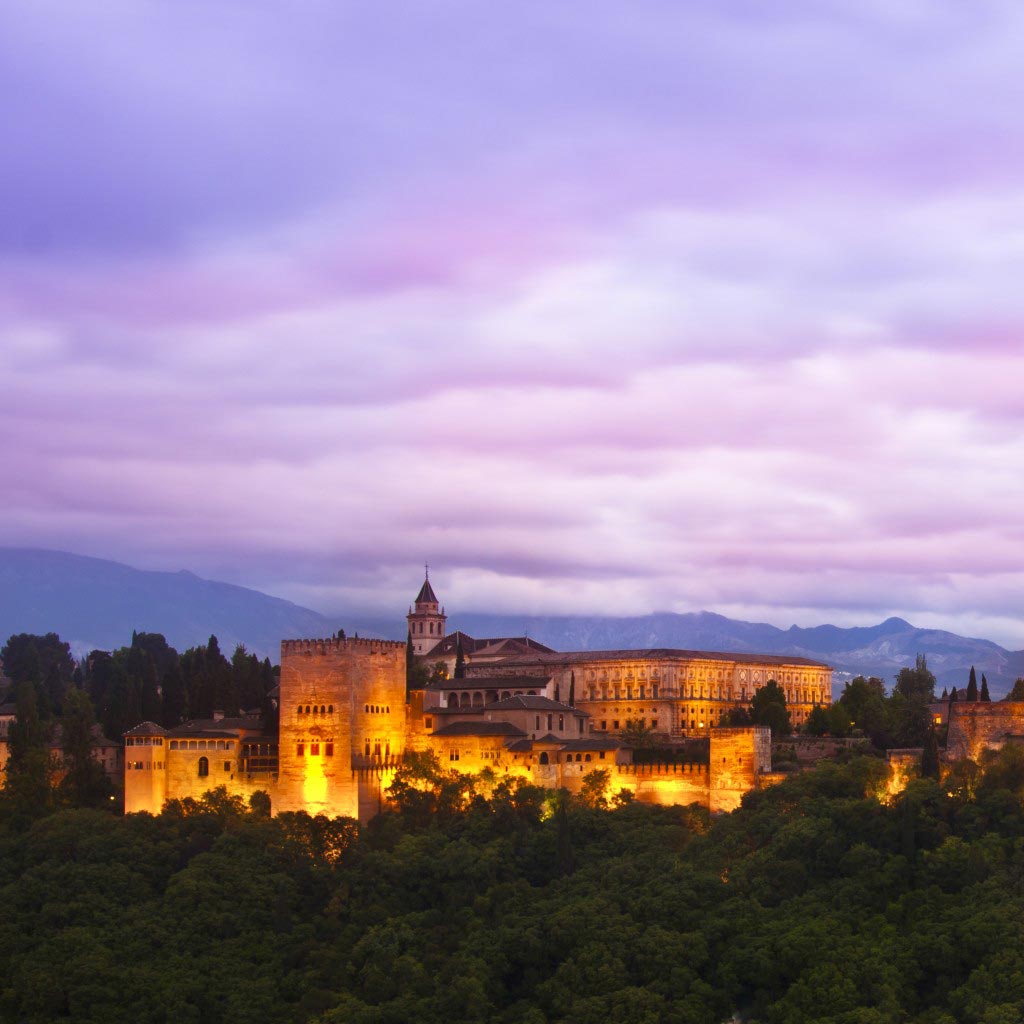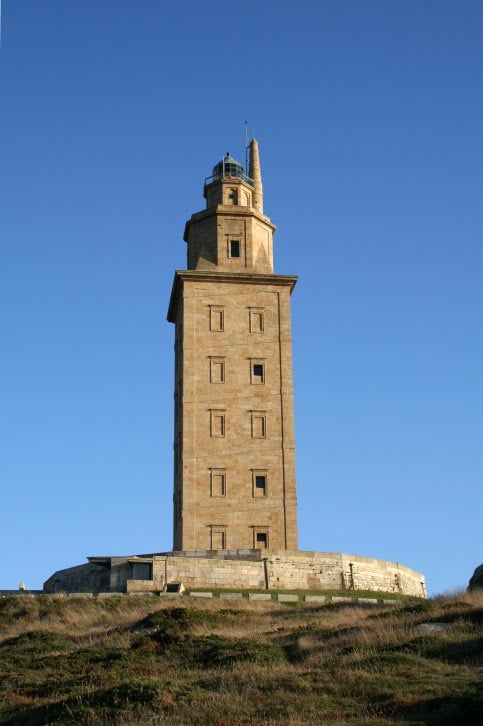Cybele’s square in Madrid
Holidays in Spain are surely going to mesmerize you
Spain, nestled in the Mediterranean, Europe, is a cherished tourist destination. The prospering capital Madrid, the bustling coastal city of Barcelona, the bull fights of Pamplona, and the city of flamenco – Sevilla, always allures travelers.
Holidays in Spain are surely going to mesmerize you, as this country has the feel of Ireland in its north with rolling, green uplands; while the southern part has much of an essence of Moroccan landscapes and architecture. Go on exploring the glorious past of this country in the prehistoric cave paintings, Moorish palaces, Roman ruins, Gothic and Renaissance cathedrals, each telling saga of their own. Spain has a distinct charm, which is an assimilation of separate kingdoms varying in language, culture, cuisine, and art.
You will love spending time at the serene beaches near Malaga, Huelva, and Almería in the south as well as near the coasts of La Manga, Galicia, Asturias, Cantabria, and Euskadi, or go on exploring the unique architecture in Córdoba, Salamanca, Granada, Toledo, Madrid, the futuristic architecture of Antoni Gaudí and the Picasso museum in Barcelona.
The places you should visit on your Spain vacations are:
- La Sagrada Familia
- Alhambra
- Barcelona Zoo
- Park Güell
- Retiro Park
- Casa Mila
- Gran Via
- Royal Palace of Madrid
Spain Tourist Attractions
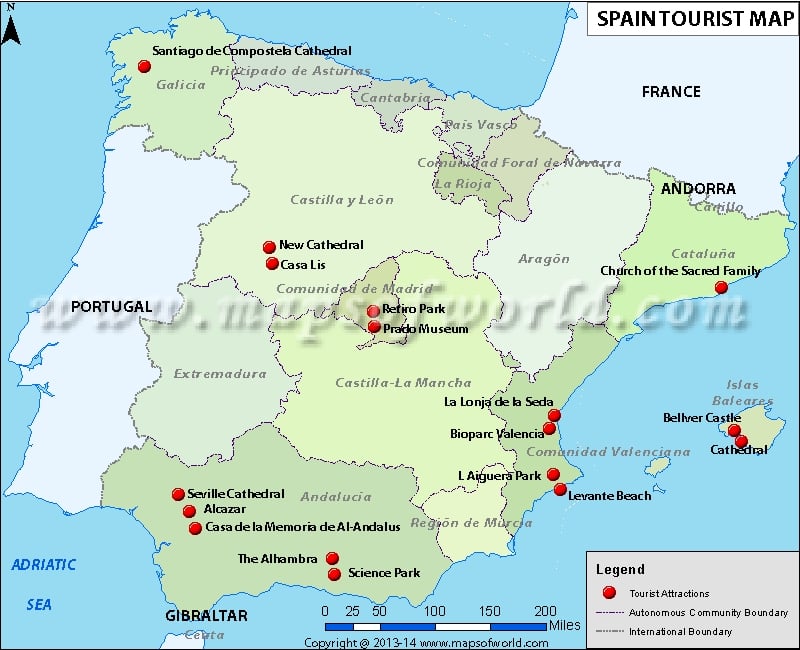
Spain Tourist Map
Getting In
Spain allures visitors with its pristine natural beauty as well as various other attractions like the Carnivals and the bullfights. Reaching Spain is possible not only by air, but also by road, rail as well as sea routes. You have the option of getting here by rail and road.
By Plane
There are a number of international airports, which connect to destinations across the world. The names of these airports are Madrid, A Coruña, Palma de Mallorca, Malaga, Murcia, Barcelona, Jerez de la Frontera, Sevilla, Valencia, Bilbao, Alicante, and Santiago de Compostella. Reaching Spain by air from London to Barcelona takes 2 hours; London to Ibiza is 2 hours 20 minutes; London to Madrid is 2 hours 20 minutes and to Málaga is 2 hours 45 minutes. The journey from New York to Madrid is 8 hours 35 minutes.
By Train
There is well-developed rail network in Spain, which is a reliable mode of transport. The trains are spic and span and are one of the most punctual in the whole of Europe. There is only one deterrent, not all the places have railway stations like the small towns. The Spanish Rail network is developed such that all its branches disperse in a radial way and head to Madrid. Sometimes, it may happen that even you are going to a city close by, but it takes much longer by train than by bus, if it’s not in the same line. So, you need to find out which mode of transport will be more convenient for you to travel the bus or the train. There is the Talgo Day train service from Montpellier in France to Mediterranean destinations in Spain such as Barcelona, Valencia, Alicante, and Cartagena. The journey time from Montpellier to Barcelona is 4 hours and 15 minutes, Montpellier to Valencia is 8 hours, from Montpellier to Alicante is 10 hours, and from Montpellier to Cartagena is 12 hours 40 minutes.
By Bus and Car
You also have the other option of going to Spain by rail route and the main route is from the UK via France. You can drive by car through motorways connecting Spain and France via Bordeaux or Toulouse to Bilbao (northern Spain) and via Marseille or Toulouse to Barcelona (eastern Spain). The affordable mode of getting to Spain is by bus. The European Union funding has facilitated for the development of Spain’s road network, thus bus journeys are quite speedy nowadays. You will find here a number of private bus companies plying buses to all important Spanish cities.
By Ferry
Reaching Spain by Ferry is also a convenient option and there are various routes and three operators which you can choose from like the Brittany Ferries operating ferries from Plymouth to Santander twice a week and three times a week in high season. You get a host of facilities like a reclining seat as well as deluxe cabin and the total time taken is 18 hours. Then you have P&O Ferries, which connect Portsmouth to Bilbao, every 3 days during peak season. The journey time is between 29 and 35 hours. The next choice is the AT Ferries (Acciona Trasmediterranea), which is a major Spanish ferry company. Here, you will get ferry services between Portsmouth and Bilbao on the ‘Fortuny’. This has a capacity of 1000 passengers and can hold up to 330 cars, caravans, and coaches as well.
Transport
Spain tours are an enigmatic experience. Getting around the country is not an issue.
The RENFE (Red Nacional de los Ferrocarriles Españoles) train is the national rail carrier of Spain. The long-distance trains are punctual, but there may be some delays in case of short-distance trains (called Cercanías) particularly in the Barcelona area. The majority of the railways are managed by RENFE, while the narrow-gauge lines are functioned by FEVE (Ferrocarriles de Vía Estrecha) and other carriers.
There are a number of cities, which have metro or light rail like Alicante (Alicante Tram), Barcelona (Barcelona Metro/Barcelona Tram), Bilbao (Bilbao Metro/Bilbao Tram), Madrid (Madrid Metro) and Valencia (Valencia Metro). These are the fastest mode of travel in Spain. You can avail special tickets, which also includes a cheap day return, a Metrocard allowing three / five days unlimited use, and weekly and monthly passes.
The most convenient mode of transportation in Spain is by bus. You will find here bus routes reaching point to point, and at frequent intervals. For each route there is a separate operator and usually not more than one operator is there for each route. The bus services in the cities start from 6:00 a.m., and continues till 11:00 p.m. There are bus terminals in most of the towns.
There are taxis as well to take you to your desired location, but you should use only that taxis which display a special license. These types of taxis maintain stringent rules as formulated by the government. They will flash a green light when they are free. You can avail them at the taxi rank as well. Though they are metered, but usually they have a set price for certain journeys. You need to give them a tip of 5-10%.
You can also opt for the boat as a convenient way of travel in Spain. A journey on a private yacht is an enchanting experience. The best time to do so is in the month of May when you can tour the regions of Costa Brava, Costa Blanca, and the Balearic Islands. If you want to avail of bareboat then a US Coast Guard License is needed by Americans, while others need to present a RYA Yacht Master Certification or International Certificate of Competence. You will get all kinds of yachts for charter, skippered, and bareboat in Spain. Hiring a motor boat, sailing boat, fashionable mega yacht, wooden gulet, or motor sailer is also possible.
Things to do in Spain
Holidays in Spain mean not only visiting the tourist attractions or enjoying the thrills of bullfight or going on enchanting cruises, but vacations here also are charming because of the various options for entertainment in Spain.
If you want an affordable entertainment and leisure in Spain, then come to the streets and the small “tapas” (snack and wine) bars are situated in a row along them. In Spain, walking across the streets has a different connotation. It is known as the “paseo”, usually seen in small towns and some of the large cities as well. In this the entire Spanish families, immaculately dressed proceed clapping out Flamenco rhythms. What is appealing is the way the whole thing is managed faultlessly and how you will be greeted by them. An ideal occasion to know Spanish culture better. The paseo varies from region to region, it is a graceful and elegant paseo of Serrano Street in Madrid to the boisterous, shouting, Flamenco clapping, guitar carrying paseo of Sierpes in Sevilla.
If you want some indoor options for fun in Spain, then you will find here a number of them. Come to the movie-houses, which are spacious and luxurious and provided with bar service. Here, you can watch films dubbed in Spanish and be prepared to watch horror films, cowboy films, etc. If you are an English-speaking tourist, then go to small cinemas in the cities, called “Cines Arte y Ensayo”, here you can enjoy foreign films shown in your original language.
There are typical nightclubs called “sala de fiestas”. They are not as wild as you may find in other countries, though exceptions are those in Barcelona like the “Barrio Chino”. The nightclubs are open till – 2:00 a.m. or 3:00 a.m., and you need to be formally dressed up to come here. Spain also offers the choice of discotheques, mainly in the resorts of the south coast, like Mojacar and Torremolinos. Expect the nightlife to be on the wild side here.
If you have a penchant for drama and plays, then you can enjoy performances in theaters in Madrid and Barcelona. Here, you can watch plays of Spanish authors as well as translations of foreign plays. Also, in Madrid you can enjoy “Zarzuela”, a type of musical comedy described in the section “Literature”. You will surely love the music, though you don’t understand the words.
There are “circuses” of very high quality and also a lot of options for sports lovers. The sport of Soccer has attained much more popularity than even bullfight in Spain. The games are mostly played on Sunday. Then, there are other sports like boxing, bicycle races, horse races, and, in the Basque region, “pelota” (handball). You will also find here American-style bowling alleys in many cities.
Unique options, typical only to Spain like the “verbena ‘ which means a fair or amusement park, are also popular. This is a permanent set up like that in Barcelona, or of temporary stature being a part of a festival. You will find in a verbena all types of mechanical rides along with a variety of food like ham, cheese, marzipan, candied egg yolks (“yemas”), candied quince (“membrillo”), sugared fruits, etc.
Tips
There are some social customs which you should keep in mind when you come here like a handshake is regarded as a form of greetings. It is courteous to present a small gift if you go to a private party. You should send flowers only at times of special celebrations. Casual wear is acceptable, but in some hotels and restaurants, men need to wear jackets and black tie is required at formal dos only. Beachwear should be confined to the beach and poolside. Another important custom here as informed by Spain travel tips is that here evening meal is taken late, that is between 9:00 p.m. to 11:00 p.m.. Also, when you are addressing a person you should use the first name.
A new law banning smoking in offices, shops, schools, hospitals, cultural centers, and on public transport has been imposed on January 1, 2006. Avoid smoking in these areas. When you go out for dining, your food bill is inclusive of the service charge, but a little extra tip is accepted here and increasing the amount you want to give as a tip is solely at your discretion.
There are different kinds of police to help you; ‘Policía Municipal’ or ‘Local’ (metropolitan police) maintain law and order and manage the traffic inside cities. If you are lost,then these are the right persons to consult. ‘Policia Nacional’ are the authorities to whom all the offenses/crimes are reported. ‘Guardia Civil’ manages the law and order outside cities as well as control traffic in the roads between cities. Spain is generally a safe country, but you need to be quite cautious and avoid unnecessary display of expensive cameras, money in a wallet or purse, etc. Also, when going to a crowded area like Puerta del Sol beware of pickpockets. In case of emergency, dial telephone number (police, firefighters, ambulances) is 112 and is toll free.
There are no health risks here. Spain has a reciprocal health agreement with most EU countries, including the UK, thus free emergency health care at State run hospitals are offered. Travelers from the UK should take a European Health Insurance Card (EHIC).
Though you may think that this country is warm, but it can be very cold in winter, so you need proper clothing when you come here. Further, direct exposure to sunlight for long durations should be avoided to prevent sunburn and heatstroke.
More:Mapa de Espana

